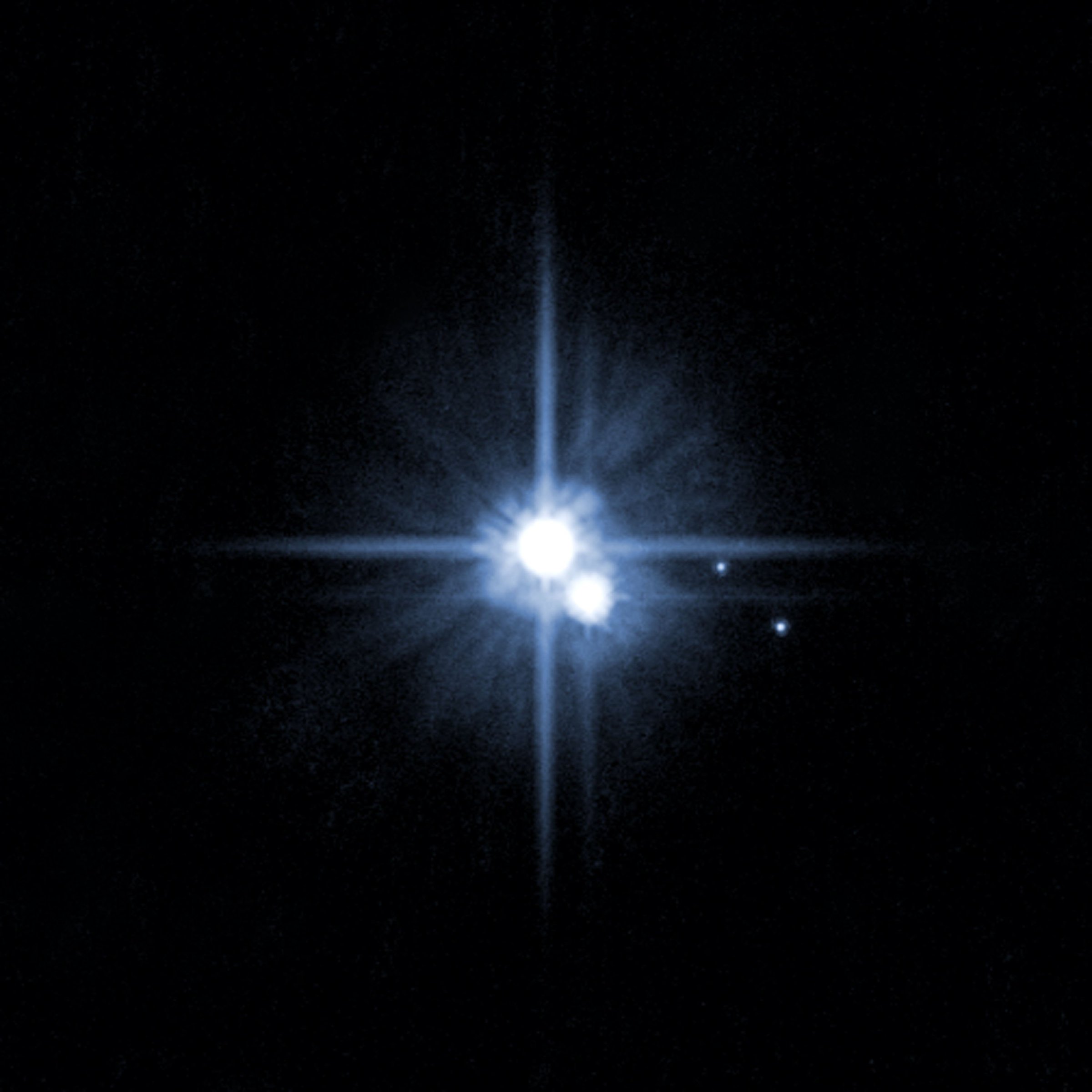
It’s not exactly top secret, but it is too little known: this month, a small, robot spacecraft—built, launched and guided by a team of over 2,500 Americans—will begin the exploration of far-away Pluto and its five known moons. Lasting from January through July, this epic journey is very much the Everest of planetary exploration.
I’ve had the privilege of leading this NASA project, known as New Horizons, since its inception 14 years ago in 2001. Admittedly, that makes me something of a cheerleader for the mission—but it’s going to be an icon of 21st century human achievement that well deserves cheering.
The last time a spacecraft reached a new planet was during NASA’s exploration of Neptune by Voyager 2 back in 1989. When that happened, the Berlin Wall was still standing, Richard Marx and Milli Vanilli were topping the charts, and the Internet was almost unknown. (And by the way, I did just say Pluto is a planet. It turns out that many planetary scientists, including me, think so. Thanks to New Horizons, you can soon judge for yourself.)
New Horizons already set records when it was launched in 2006 by becoming the fastest spacecraft to leave the Earth—reaching the orbit of the moon in just nine hours, about 10 times more quickly than the Apollo spacecraft did. Now, after traveling for nine straight years at an average speed of 39,000 m.p.h. (59,000 km/h)—equivalent to L.A. to New York in four minutes—it is at last approaching its historic rendezvous. No spacecraft has ever ventured farther—3 billion miles (4.8 billion km)—to reach its primary target.
At its closest approach, New Horizons will pass Pluto at a distance of just 6,000 miles (9,700 km). It will send back images at resolutions so high that if it were flying over New York City at the same altitude, it could count wharves on the Hudson River and ponds in Central Park. It will also take measurements of Pluto’s composition and atmosphere, study its moons, and more.
We know very little about Pluto except that its interior is primarily made of rock, it’s covered in ice and wrapped in an atmosphere made chiefly of nitrogen, like Earth’s. Does it have mountain ranges? Is its surface young or old? Are there polar caps? Might there be liquids on its surface or oceans in its interior? Could there be cloud decks in its atmosphere? Erupting geysers? Does it have more moons yet to be discovered? We don’t know the answers to any of these questions—but we should know all of them soon.
And that matters. In 2003, the National Academy of Sciences ranked visiting the Pluto system at the very top of NASA’s exploration priorities. Why? Because in the 1990s, planetary astronomers discovered a vast structure in our solar system, a previously unknown disk of comets and small planets out beyond Neptune, called the Kuiper Belt. Pluto was the first of many small planets discovered out there, and it is still both the brightest and the largest one known.
The Kuiper Belt is the largest mapped structure in our planetary system, three times as big as all the territory from the sun out to Neptune’s orbit. The comets and small planets that make it up are valuable because they represent the astronomical equivalent of an archeological dig, reaching back to the era of planet formation, 4.6 billion years ago.
Nothing like the exploration that New Horizons is about to undertake has happened in a generation, and nothing like it is planned or even contemplated to happen again. It is likely the last time in our lifetimes that a new planet will be explored. This is more than scientifically important—though it certainly is that. It’s also a reminder of what American technology, culture and daring, on its game, can do.
Read next: Elon Musk Raises the Stakes—and Lowers the Rhetoric
More Must-Reads from TIME
- Donald Trump Is TIME's 2024 Person of the Year
- TIME’s Top 10 Photos of 2024
- Why Gen Z Is Drinking Less
- The Best Movies About Cooking
- Why Is Anxiety Worse at Night?
- A Head-to-Toe Guide to Treating Dry Skin
- Why Street Cats Are Taking Over Urban Neighborhoods
- Column: Jimmy Carter’s Global Legacy Was Moral Clarity
Contact us at letters@time.com